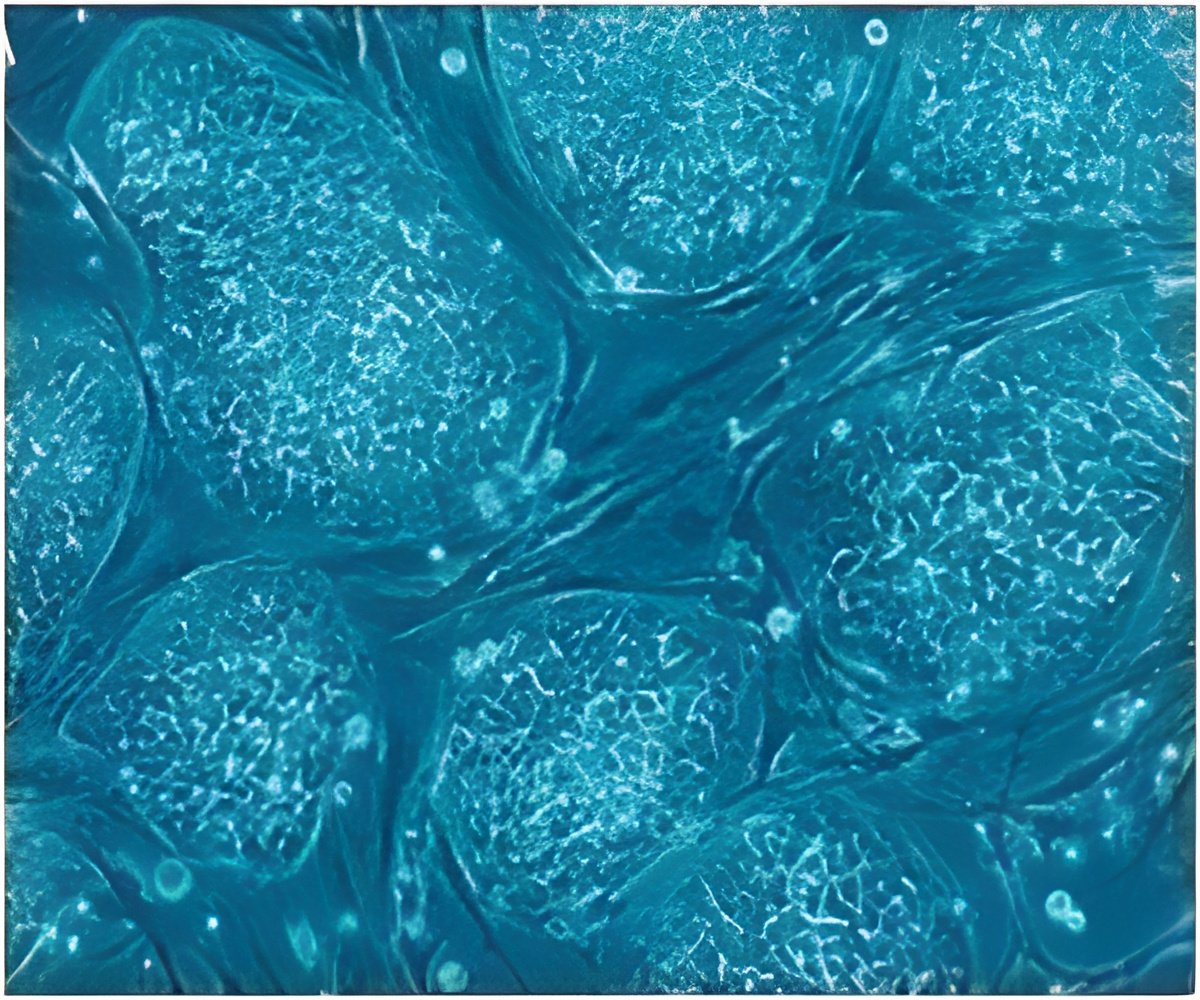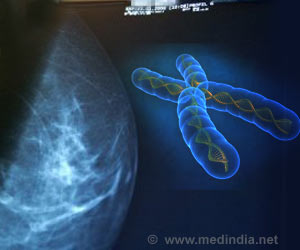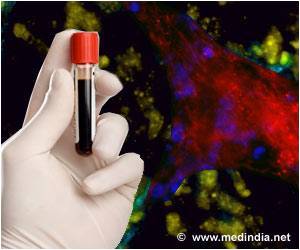Hematopoietic stem cells give rise to all blood cells, and these cells self-renew by making copies of themselves, and at the same time generate blood cells.

‘A fundamental characteristic of stem cells is quiescence, the ability to remain at rest without dividing, this ensures a continuous supply of stem cells.’





The team also showed that cells lacking ESL-1 are resistant to a range of cytotoxic and chemotherapeutic agents. These results suggest that ESL-1 is a potential target for therapies aimed at improving bone marrow regeneration after chemotherapy or for expanding the HSC population in preparation for donation. The study is published in Nature Communications. Hematopoietic stem cells give rise to all blood cells, and as Dr. Hidalgo explained, these cells "self-renew by making copies of themselves, and at the same time generate blood cells throughout life. These cells include the red blood cells that transport oxygen to all the body's tissues and all types of white blood cells, which are indispensable for the function of the immune system." A fundamental characteristic of stem cells is quiescence, the ability to remain at rest without dividing. This ensures a continuous supply of stem cells and their maintenance in disease states that acutely increase the demand for new blood cells or in response to agents that damage DNA, including many chemotherapy drugs.
Most HSCs are found in the bone marrow, in the interior of bones. Dr. Hidalgo describes how HSCs reside in a "microenvironment" or niche that provides "the necessary elements for their optimal maintenance." Any perturbation of this niche directly endangers the function of these cells, and can lead to diseases such as leukemias and aplasias. Dr. Hidalgo explains that "we still have much to learn about the mechanisms and cellular components of this medullary microenvironment, and acquiring new knowledge in this area is of vital importance because of its important therapeutic implications."
The study also identifies how ESL-1 exerts local effects on distinct cell populations in the niche, including other neighboring stem cells. According to Dr. Leiva, this finding opens the path to new therapies "that use genetically modified stem cells to treat hematological diseases such as certain types of leukemia, in which the hematopoietic niche and HSCs are very affected."
The researchers identified this pathway by analyzing the bone marrow of animals that lack ESL-1. In the absence of ESL-1, the HSCs proliferate less and are therefore of superior quality and more suitable for potential therapeutic applications. "We see that these cells are resistant to processes associated with bone marrow damage, such as cell death triggered by cytotoxic agents," comments Dr. Leiva.
Advertisement
Source-Eurekalert













